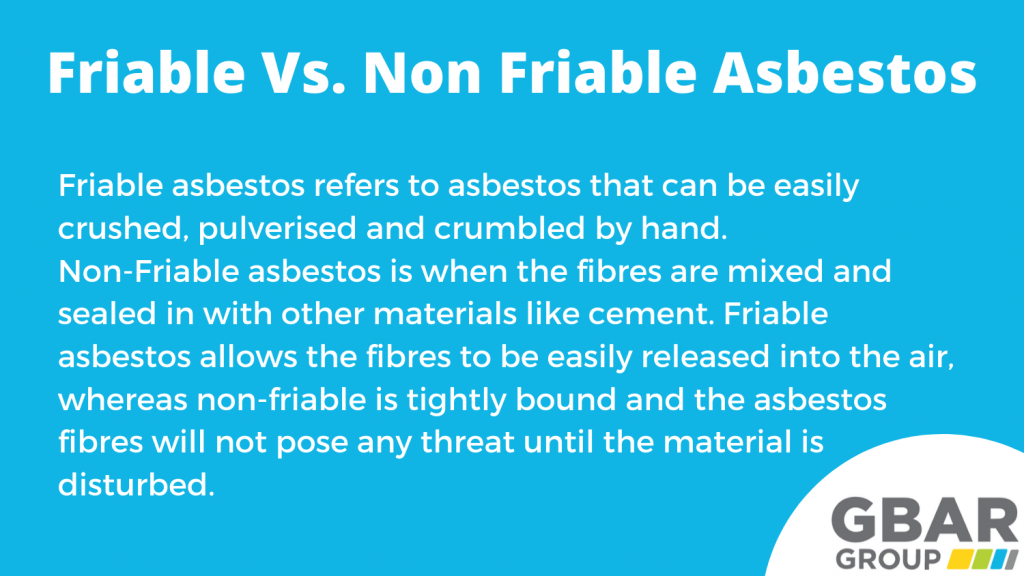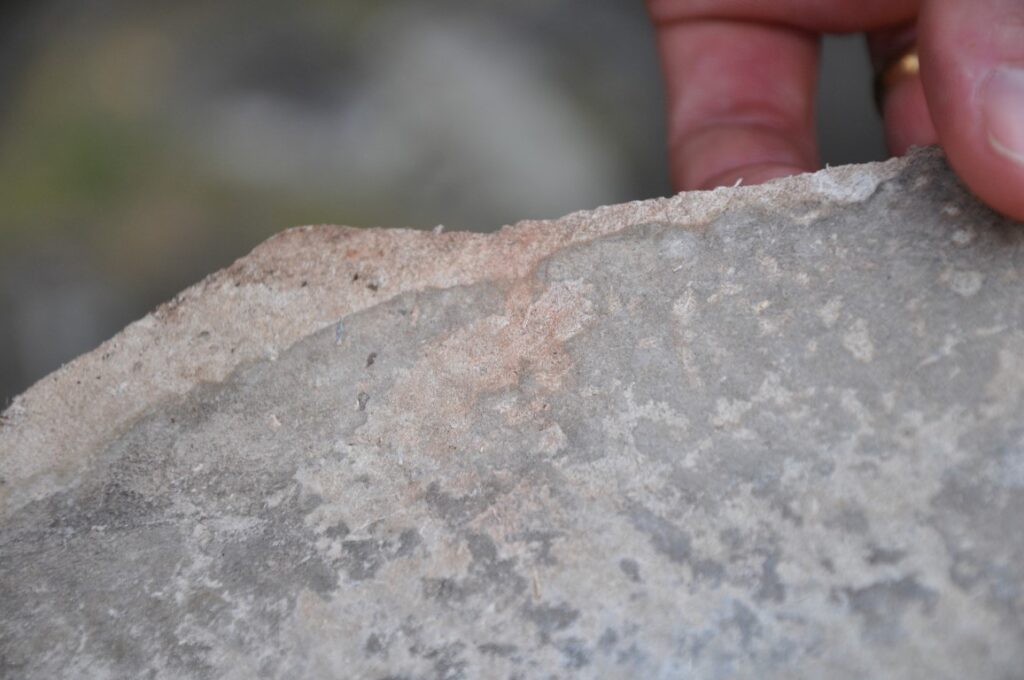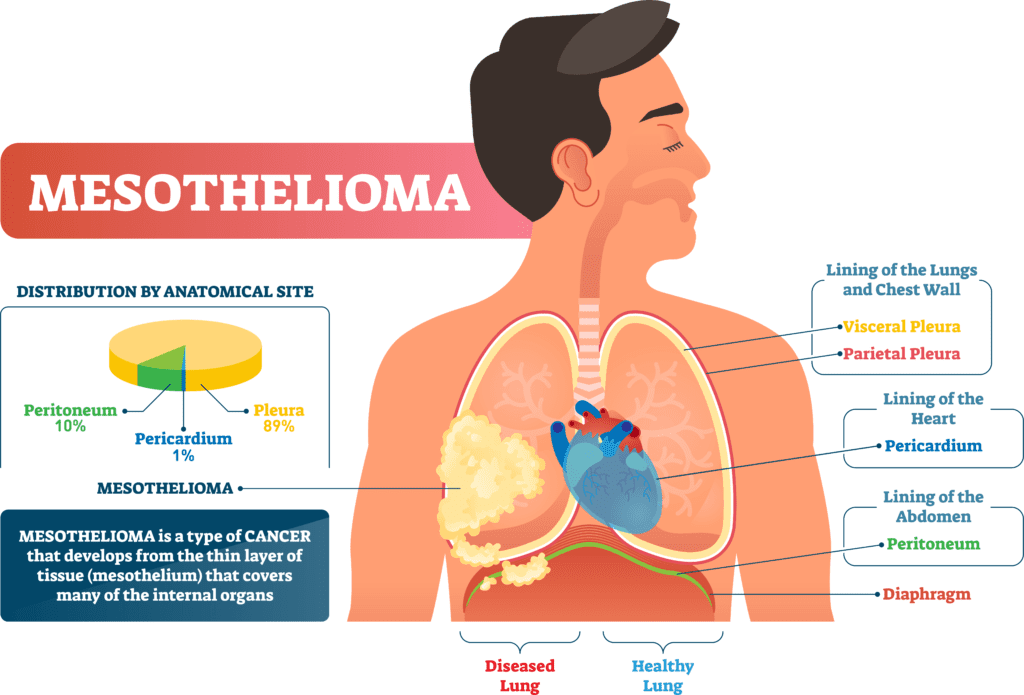In the realm of microscopic wonders, asbestos fibers hold a peculiar place. Curiosity often piques when it comes to their visibility. So, let’s embark on a journey to uncover the truth and answer the burning question: can we see asbestos fibers with our own eyes?
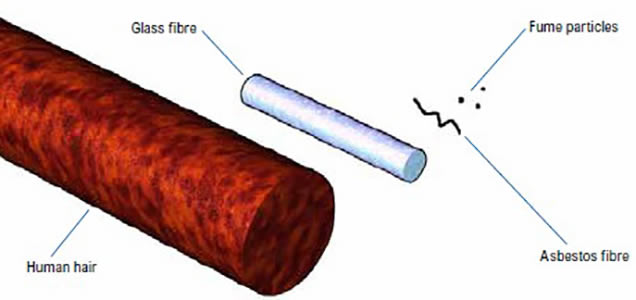

Understanding Asbestos Fibres
Asbestos fibres, though virtually invisible to the naked eye, are naturally occurring minerals that have been widely used in construction materials due to their strength and heat resistance. However, it has become evident that prolonged exposure to asbestos can lead to serious health risks, including lung cancer and other respiratory diseases. To fully comprehend the potential dangers associated with asbestos, it is crucial to understand its nature and characteristics.
What is asbestos?
Asbestos is a term used to describe a group of silicate minerals that occur naturally in the environment. It is composed of fine, fibrous crystals that can easily break down into smaller particles when disturbed. This ability to fragment into tiny fibres, which are invisible to the naked eye, is what makes asbestos extremely hazardous to human health.
Types of asbestos fibres
There are six main types of asbestos fibres, classified into two categories based on their mineral structure. The first category is known as serpentine asbestos, which includes only one type of fibre called chrysotile. Chrysotile fibres are curly and flexible, resembling loose coils of thread. The second category is known as amphibole asbestos, which consists of five different types of fibres: crocidolite, amosite, anthophyllite, tremolite, and actinolite. These fibres are straight and needle-like in appearance.
Size and Characteristics of Asbestos Fibres
Typical size range of asbestos fibres
Asbestos fibres vary in size, with the longest fibres measuring up to several centimeters in length. However, the most dangerous fibres are the ones that fall within the respirable range, which includes fibres that are smaller than five micrometers in width and less than 100 micrometers in length. These microscopic fibres have the potential to become airborne and easily enter the human respiratory system when inhaled.
Variations in size
Within the respirable range, asbestos fibres can further vary in size. The length, width, and aspect ratio of the fibres play a significant role in determining their ability to penetrate deep into the lungs and cause health issues. Longer, thinner fibres are generally considered to be more hazardous as they have a greater chance of reaching the lower respiratory system and becoming lodged in the lung tissue.
Shape and appearance of asbestos fibres
Asbestos fibres possess distinct physical characteristics that contribute to their potential health risks. Chrysotile fibres, being curly and flexible, have a higher tendency to bend and break when disturbed, thus releasing a larger number of individual fibres into the air. On the other hand, amphibole fibres are straight and brittle, making them less likely to fragment easily. The color of asbestos fibres can range from white to grey, and even green, depending on the specific type.


The Visibility of Asbestos Fibres
Naked eye visibility
Asbestos fibres are not visible to the naked eye due to their minute size. Even when asbestos-containing materials, such as insulation or ceiling tiles, are disintegrated or damaged, it is nearly impossible to detect the released fibres without the aid of specialized equipment or techniques.
Limitations of human eye
The human eye has its limitations when it comes to detecting asbestos fibres. With a typical visual acuity, the smallest particle visible to the naked eye is around 40-60 micrometers in size, which is much larger than the respirable range of asbestos fibres. This means that individuals cannot rely solely on their vision to identify the presence of asbestos.
Use of microscopy
To overcome the limitations of human vision, microscopy techniques are employed to accurately detect and analyze asbestos fibres. Polarized light microscopy (PLM) and transmission electron microscopy (TEM) are the most common methods used to visualize and identify asbestos particles. These techniques allow for precise quantification and differentiation of asbestos fibres, enabling experts to assess the health risks associated with a particular exposure.
Factors Affecting Visibility
Concentration of fibres
The visibility of asbestos fibres is influenced by their concentration in the air. Higher concentrations of fibres make it easier to spot their presence, even without the aid of specialized equipment. However, lower concentrations, which can still pose health risks, may remain undetectable to the naked eye.
Lighting conditions
The lighting conditions under which asbestos fibres are observed can also affect their visibility. Proper lighting, such as bright, focused light, can enhance the visibility of fibres, making them easier to spot. Conversely, poor lighting can make it more challenging to observe or identify asbestos fibres.
Background color
The color of the background against which asbestos fibres are viewed can impact their visibility. Light-colored surfaces may provide more contrast, making it easier to discern the presence of fibres. Darker backgrounds, on the other hand, may camouflage the fibres and make them harder to detect.
Distance from the source
The distance between the observer and the source of asbestos fibres is crucial in determining their visibility. Asbestos fibres disperse and become diluted as they travel through the air. Therefore, the closer you are to the source, the higher the chances of detecting the fibres.
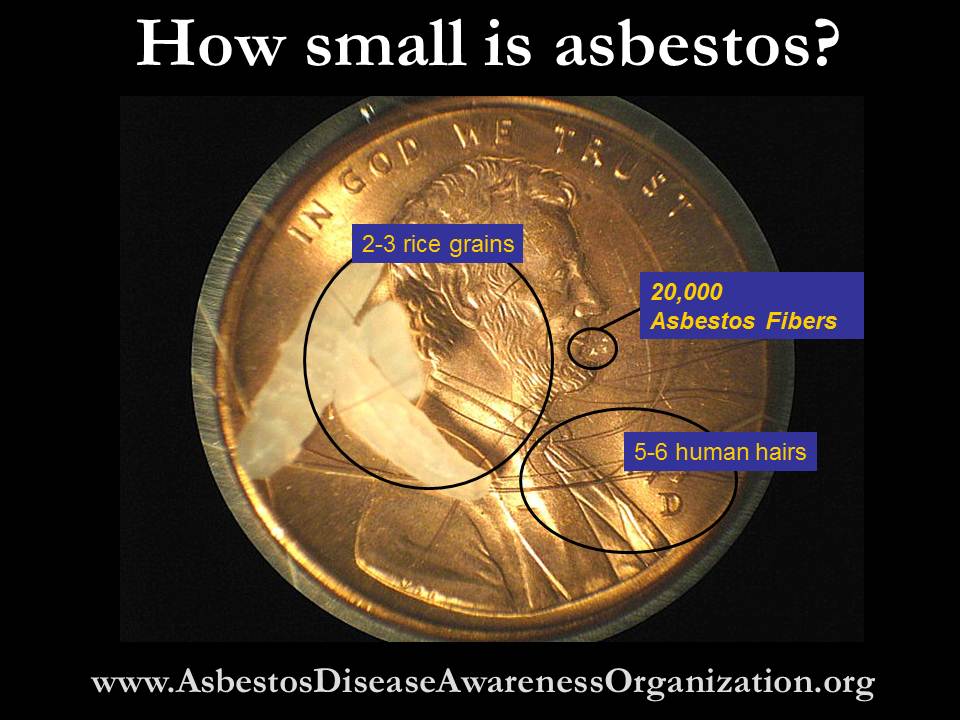

Asbestos Fibres and Health Risks
Health hazards associated with asbestos
Exposure to asbestos fibres can have severe consequences for human health. Inhalation of these microscopically small fibres is the primary route of exposure. Long-term exposure to airborne asbestos fibres can cause lung cancer, mesothelioma, and asbestosis, a chronic lung condition characterized by scarring and inflammation. These diseases often take years or even decades to manifest, making early detection and prevention crucial.
Inhalation risk
Asbestos fibres pose the greatest risk when they are inhaled into the lungs. Once inhaled, they can become lodged in the respiratory system, causing chronic inflammation and scarring. Over time, this can lead to the development of respiratory diseases and asbestos-related cancers.
Cumulative exposure
One of the most concerning aspects of asbestos exposure is its cumulative effect on health. Even brief or intermittent exposure to asbestos fibres can contribute to the risk of developing asbestos-related diseases. Unlike some other hazardous substances, there is no safe threshold for asbestos exposure, meaning any exposure carries a potential risk.
Regulations and Safety Measures
Legal restrictions on asbestos
Due to the recognized health risks associated with asbestos, many countries have implemented strict regulations to control its use and limit the exposure of workers and the general public. These regulations often include banning or heavily restricting the import, export, manufacture, and use of asbestos-containing products. Compliance with these legal restrictions is essential to protecting people from asbestos-related diseases.
Workplace safety guidelines
Workplaces that may contain asbestos are required to follow specific safety guidelines to protect employees and minimize the risk of exposure. These guidelines typically include proper asbestos management plans, regular inspections, appropriate training for workers, and the use of personal protective equipment. Adhering to these safety protocols is crucial in maintaining a healthy and safe work environment.
Protective equipment
Personal protective equipment (PPE) plays a vital role in preventing asbestos exposure. PPE such as protective clothing, respirators, and gloves should be worn when working with or around asbestos-containing materials. These items act as a physical barrier, limiting the contact between individuals and asbestos fibres and reducing the risk of inhalation or skin exposure.


Detection Techniques
Air sampling
Air sampling is a commonly used method for detecting and quantifying asbestos fibres in the environment. This technique involves collecting samples of air in the vicinity of potential asbestos sources, and analyzing the collected samples in a laboratory. Air sampling can provide a reliable measure of airborne asbestos concentrations, helping to assess the potential health risks associated with a particular setting.
Surface sampling
Surface sampling involves collecting samples of settled dust or material surfaces suspected to contain asbestos fibres. This method is useful in identifying the presence of asbestos in buildings or homes and can guide decision-making regarding remedial actions or further testing.
Laboratory analysis
Laboratory analysis is an essential component of asbestos detection and identification. Samples collected through air or surface sampling are analyzed by trained technicians using microscopy techniques such as PLM or TEM. These techniques allow for accurate identification and quantification of asbestos fibres, helping to assess the potential risks and determine the appropriate course of action.
Asbestos Fibres in the Environment
Natural presence of asbestos
Asbestos minerals can be found naturally in certain geological formations. Some regions have naturally occurring asbestos (NOA) deposits, meaning asbestos fibres are present in the environment due to geological factors. These NOA deposits can pose a risk of exposure to nearby communities, especially if the fibres become airborne due to natural weathering or human activities like mining or construction.
Contamination sources
Apart from natural sources, asbestos fibres can contaminate the environment through various human activities. Asbestos-containing materials, when disturbed or damaged, can release fibres into the air or onto surfaces, contributing to environmental contamination. Industries that dealt with asbestos extensively in the past, such as construction, shipbuilding, and manufacturing, may have left a legacy of asbestos contamination that requires remediation.
Environmental cleanup
To mitigate the risks associated with asbestos contamination, environmental cleanup efforts are essential. Identifying and removing asbestos-containing materials from buildings, as well as implementing proper waste management procedures, are crucial steps in ensuring a safe environment. Remediation projects need to be conducted by trained professionals following established protocols to minimize the potential hazards associated with asbestos fibres.
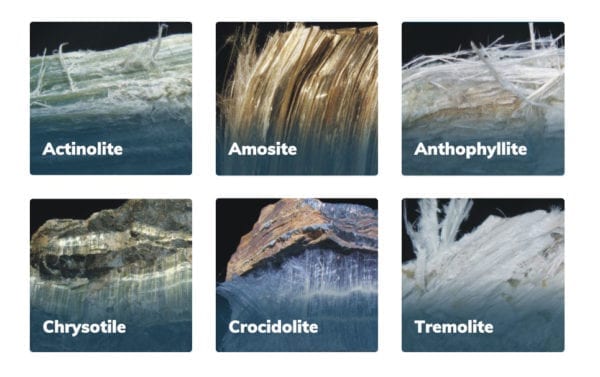

Handling and Removal of Asbestos
Professional asbestos abatement
Due to the potential health risks posed by asbestos, handling and removal of asbestos-containing materials should be left to trained professionals. Asbestos abatement professionals are equipped with the necessary knowledge, skills, and protective gear to safely handle, encapsulate, or remove asbestos from buildings. DIY removal is strongly discouraged, as it can lead to significant exposure risks and potential legal consequences.
Safety precautions
When working with or around asbestos, strict safety precautions should be followed to minimize the risk of exposure. This includes wearing appropriate personal protective equipment, setting up containment barriers to prevent the spread of fibres, using wet methods to minimize dust generation, and ensuring proper ventilation. Following these precautions is crucial to protect both workers and the surrounding environment.
Disposal procedures
Proper disposal of asbestos-containing materials is a critical step in preventing the spread of fibres and minimizing environmental contamination. Asbestos waste should be removed by licensed professionals and transported to designated disposal sites that comply with regulations for hazardous materials. Disposal procedures ensure that asbestos fibres are safely contained and do not pose a threat to human health or the environment.
Conclusion
Understanding asbestos fibres is imperative to recognize the risks they pose and take appropriate measures to protect ourselves and our environment. While asbestos fibres are invisible to the naked eye, their potential harm is substantial. By adhering to safety regulations, conducting regular testing and monitoring, and enlisting professional assistance when necessary, we can mitigate the risks associated with asbestos exposure and ensure a healthier, safer future for all.


